
KLFM (Acronym for Kept Losing Family Money)
The FM radio station license in Long Beach was granted for a location on the top of Signal Hill, on which stood a couple dozen ancient wooden oil derricks. We couldn’t afford to put up a fancy steel tower, so we made a deal with an oil company to put the station’s broadcast antenna on top of one of those old oil rigs. To house our transmitter we bought a small used Air Stream trailer, which we positioned at the foot of the old wooden derrick. As for a studio, we rented a store room in the back of a church in Long Beach.

We hired as KLFM manager, a young college hustler from Long Beach State named Harvey Milton. He brought in some local high school kids who worked as Dee Jays for almost nothing, just to be on the air. In fact one boy’s mother complained to the Fair Labor Practices Board that his radio job was taking up too much time from his studies.
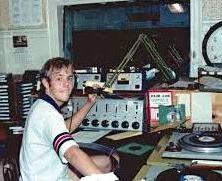
KLFM was a low powered, obviously amateur operation. Nevertheless our little FM station became almost famous. In those days, most FM licenses in the United Stated at the time were owned by AM radio stations, which simply duplicated their AM programming on their FM frequencies. Most independent FM stations were virtually commercial-free, broadcasting “background” or so-called “elevator music”. The only exceptions were the religious or college owned stations and a few independents which featured classical and/or jazz music with very little advertising.
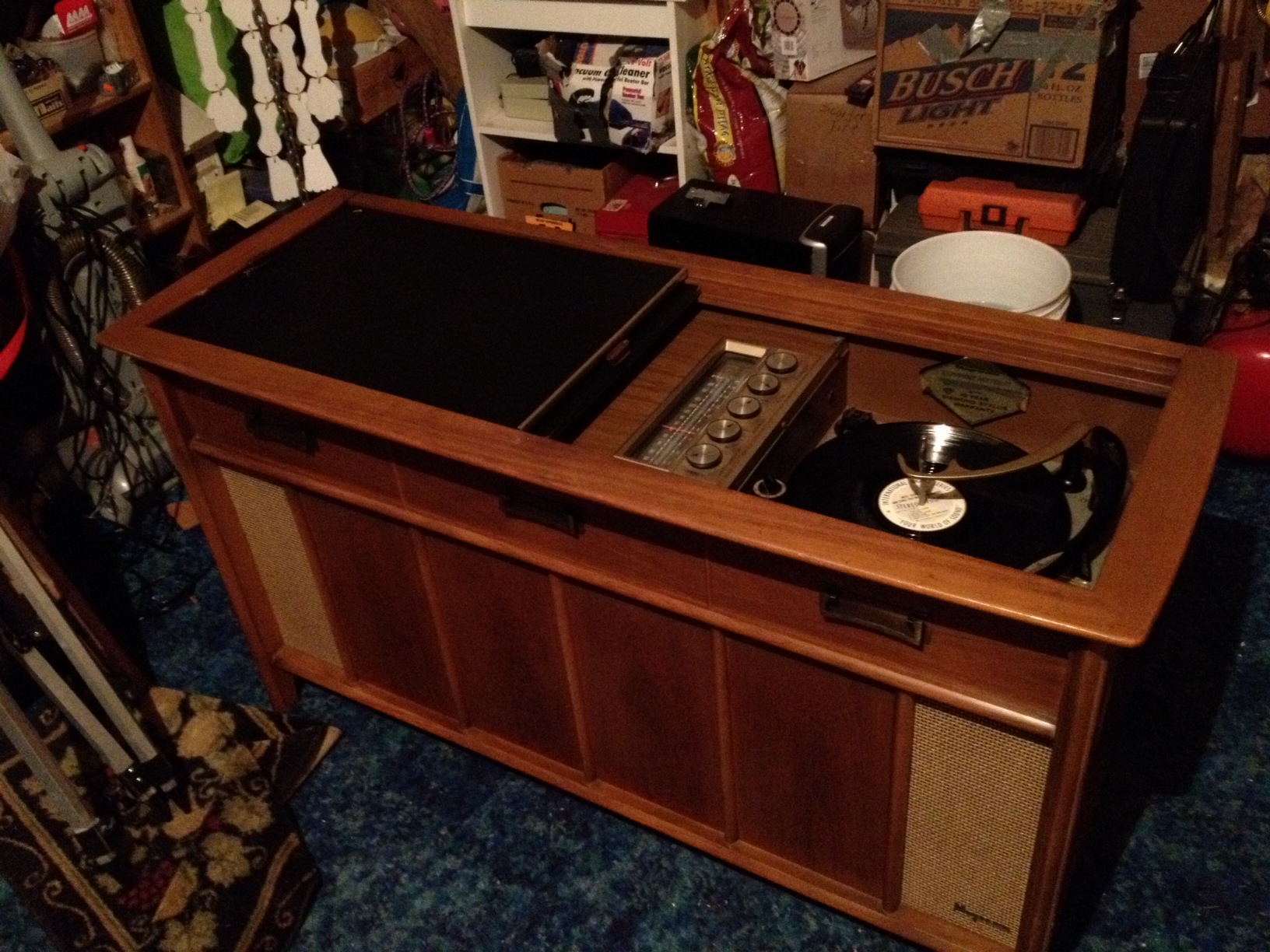
All the FM stations in the country shared one big problem: Back in the 50s very few people owned FM radios. Some of the big living room radio consoles had built-in FM tuners, but no portable radios and very few car radios could tune FM at that time. It was a “chicken and egg” thing.
So what were we to do with our little FM station? With only 1000 watts we were lucky to serve Long Beach, San Pedro and maybe the fringes of a few other close in communities. So we made, what for FM at the time was, a radical programming decision. We would play rock and roll music.
KLFM, our little station in Long Beach, was probably the first independent FM station in the nation to feature such artists as The Beatles, The Supremes, The Rolling Stones, The Byrds, Elvis Presley, Chubby Checkers, Chuck Berry, Buddy Holly, Jerry Lee Lewis, Little Richard, etc, etc).
We could proudly say our high school kids were probably independent FM’s first rock and roll Dee Jays. However, no record company promotion men were begging us to play their Top 40 hits. Advertisers asked, did our little FM station have any listeners? Did we show up on any of the media rating surveys? Hardly; but then again, FM radio itself had almost no identity.
The big record companies paid little if any interest to FM radio and certainly not some little mini station broadcasting from the top of an old wooden oil derrick on Signal Hill. If we needed rock and roll hits to play on KLFM we would have to buy them at a local record store.
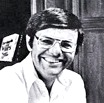
So no big deal: we would pay for our own 45 rpm singles… at least until I met a guy named Joe Smith who worked days for a Los Angeles area music distributor and nights as a Dee Jay at KFWB AM radio, at that time the top rated rock and roll station in Los Angeles.
Joe was an encouraging visionary. He believed that FM stations would soon be broadcasting in stereo and many would switch to pops, which at that time was rock and roll. He also predicted that it was only a matter of time before automobiles would come equipped with FM stereo radios.
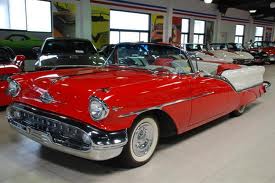
KLFM’s manager, Harvey Milton, was our only advertising salesman, unless you count the Dee Jays who sold commercial spots to their relatives for pocket money. Harvey made a “trade deal” with a local Oldsmobile dealer for Burt, who got a new convertible with a top that worked in exchange for a “zillion” advertising spots on KLFM. Harvey’s next “trade deal” was with Hebrew National Kosher Meats to swap salamis in exchange for free advertising on our little station. We always suspected that Harvey had an uncle at Hebrew National.
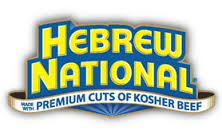
The promotion was a three-way deal. A listener could earn a free salami simply by taking a test drive in a new Oldsmobile. I never quite figured out how Harvey himself came out on the deal except maybe he supplemented his meager salary with salamis.
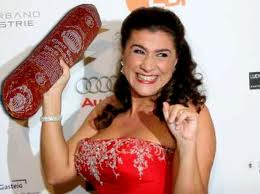
I really don’t remember how the station paid its rent on Signal Hill or its use of the church store room. Maybe Harvey paid all of our creditors with salamis.
Meanwhile as all this was going on Burt and his buddy Abbott London managed to get their little AM radio station in Pomona on the air. Abbott moved his family to that city and built a nice little business selling radio advertising to local merchants who couldn’t afford to advertise on the big LA stations.
Like almost overnight… small potatoes, yes, but we were broadcasters.
I really enjoyed this, my first real radio, adventure. The closest I had ever come was as a substitute Dee Jay, playing classical music records on KFMU, the University of Minnesota’s little FM station. For me building and operating a radio station from the ground up was an exciting new experience. So what if we didn’t make any money.
Two years after turning KLFM on the air we sold the station, which had yet to turn a profit, to a buyer for about $180,000 which was about three times what we paid for it. By then we were into other bigger entrepreneurial adventures, and besides, our dynamo manager, Harvey Milton, had graduated Long Beach State and taken a real job at a top 40 AM station in San Diego.
Epilogue:
One night about ten years later my wife and I had dinner with a fellow named Fred Sands who owned a prominent Real Estate Agency in Beverly Hills. Fred mentioned that he was “dabbling in” the radio business and had recently bought an FM station in Long Beach at 105.5 on the dial. The call letters were KLFM.
Because the FCC’s records on the exchange of all radio and TV licenses are open to the public, I felt comfortable asking Fred what he paid for the station. His answer: (Remember, this was ten years later) “Nine hundred and fifty thousand dollars.” That’s right… $950,000.
As Joe Smith predicted, thanks to stereo, FM radio had arrived.
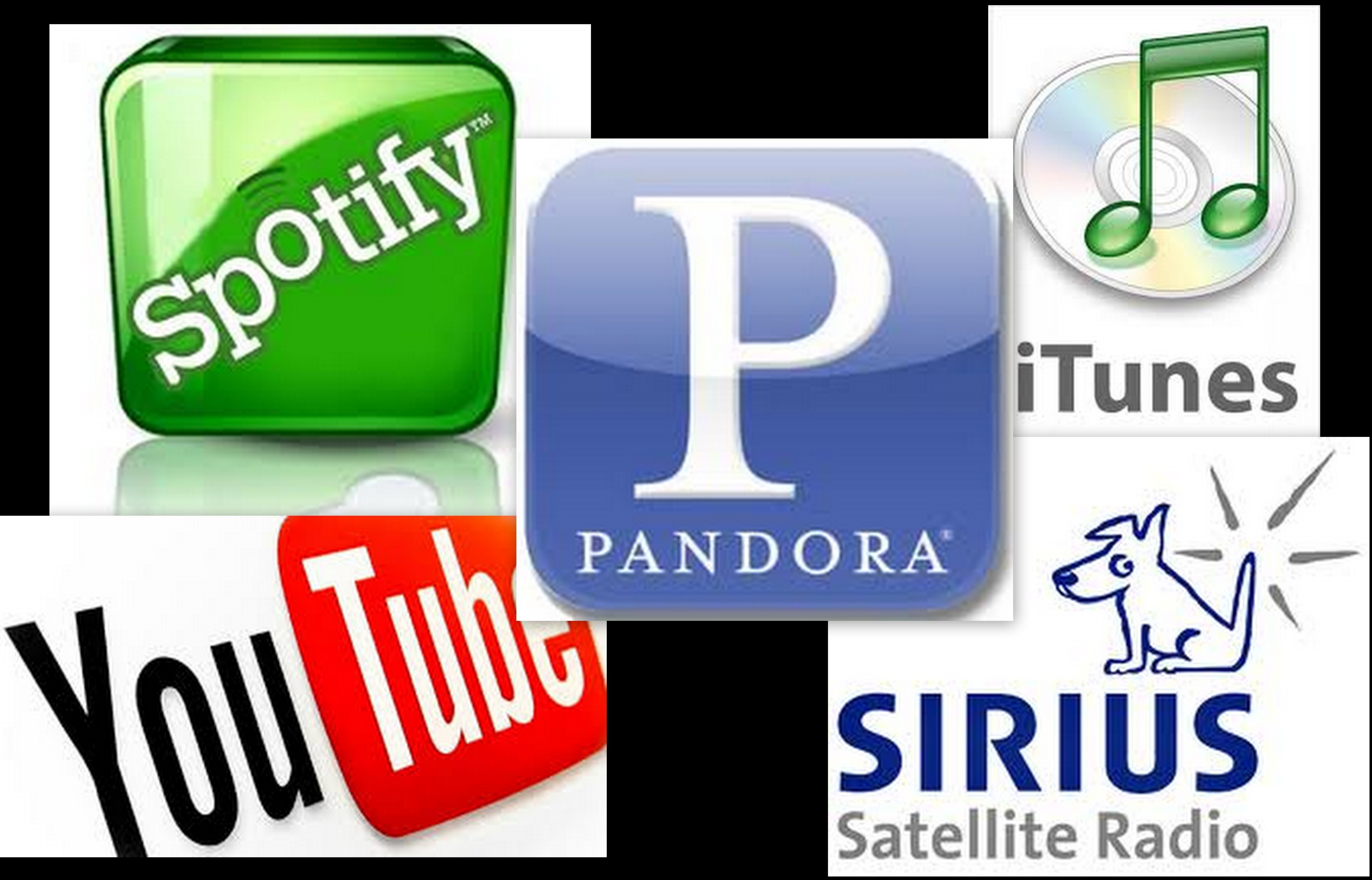 As I write this today, some forty years later, there are over sixty FM radio stations serving the “Greater Los Angeles Area” which of course includes nearby cities in Orange, Riverside and Ventura counties. Virtually all of these stations are broadcasting in stereo.
As I write this today, some forty years later, there are over sixty FM radio stations serving the “Greater Los Angeles Area” which of course includes nearby cities in Orange, Riverside and Ventura counties. Virtually all of these stations are broadcasting in stereo.
At the present time only four FM stations offer classical music and just three jazz. Twenty-nine stations feature rock, pop, alternative and hip-hop music. Thirteen offer Spanish language music and programs. Three are religious; three play country and two offer Asian programming.
Traditional radio certainly has come a long way. However, what with the internet, Sirius by satellite, iTunes and streaming services like Pandora, Spotify and YouTube, old-fashioned AM and FM radio has a lot of competition out there… and… who knows what’s coming next via cyberspace?

3 Responses
hi. i dont see your name anywhere. I used to work at KLFM in the 1960’s as a teen ager. It was at a hotel on the waterfront in long beach=later at a shopping mall I think in Lakewood.My name is stu fleischhaker. My email is snickixx@mail.com
Hi Stu:
Relative to your comment, Burt Harris and I built KLFM in Long Beach in the late 1950s. It was our first broadcast property. The blog pretty well details our experience with the station, which was our first adventure in broadcast media. Harriscope Broadcasting was the name of the licensee. As the blog mentions, we sold the station too soon at virtually no profit. On the other hand, it launched what evolved into a very successful business in radio, television and cable television.
Geoffrey Nathanson
Dejael Long
Dejael Long 4 years ago
Frank Zappa & the Mothers of Invention – FREAK OUT! – MGM-Verve Records 2-LP set, 1966 “(No Way to Delay That) Trouble Comin’ Every Day” by Frank Zappa This song is about the Watts Riots in Los Angeles in the summer of 1965. Zappa wrote it soon afterward and recorded a demo of this song which was included in the awesome studio version on the first Zappa and the Mothers album FREAK OUT! released June 30, 1966. This is an absolutely monster killer rock music track! It was one of the first songs I ever heard by Zappa and the Mothers. Brings back memories…like this one… I was a radio deejay at that time. We played this entire album on June 30, 1966 at KLFM radio in Long Beach the last night we were on the air, and told the sponsors to shove it. What a party that was that night, when the station went off the air at midnight! We had a rockin’ good time until about 3 AM drinking whiskey sours and rum & Coke, and then started hauling records down to our cars, since the station manager said we could take home as many as we could carry.